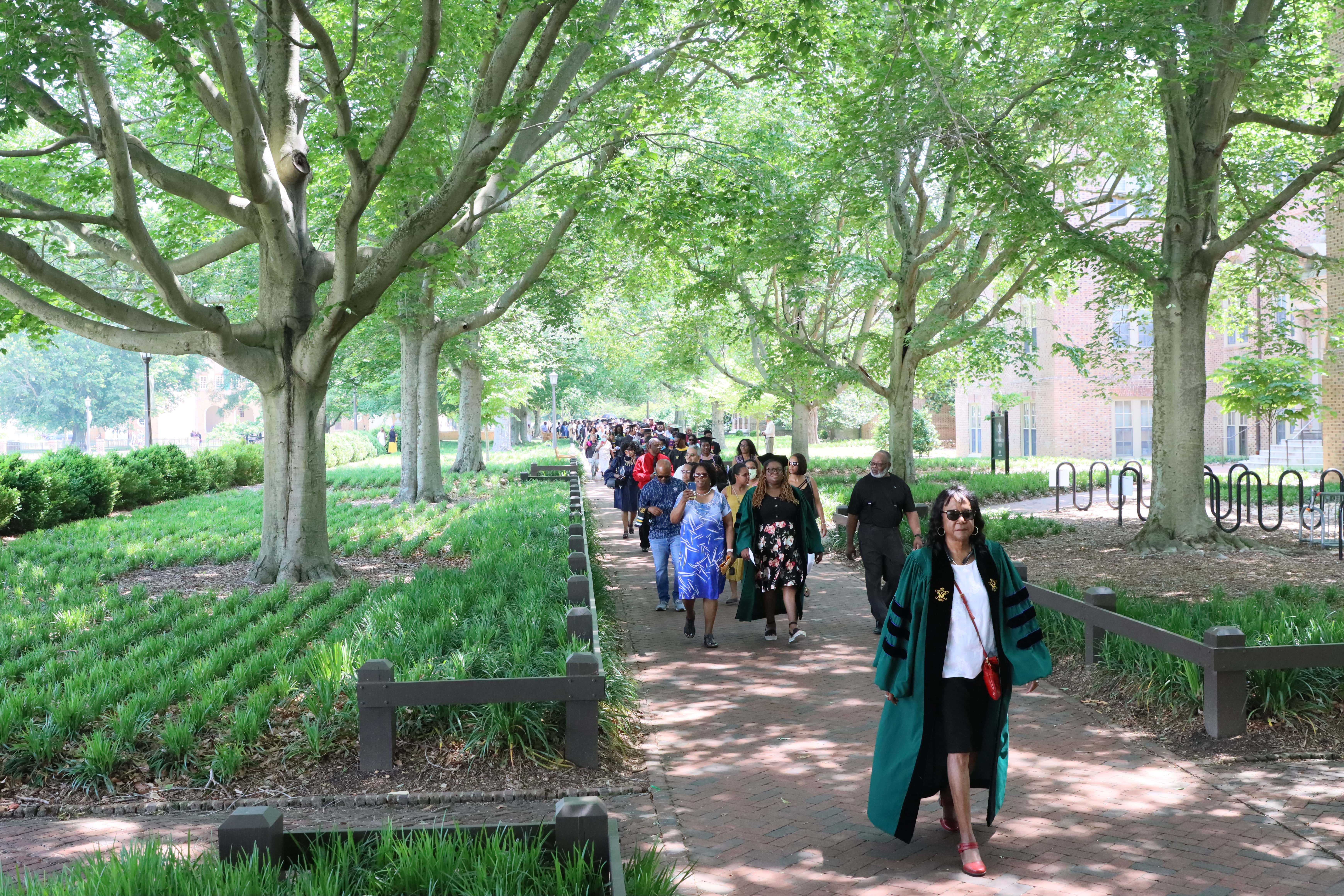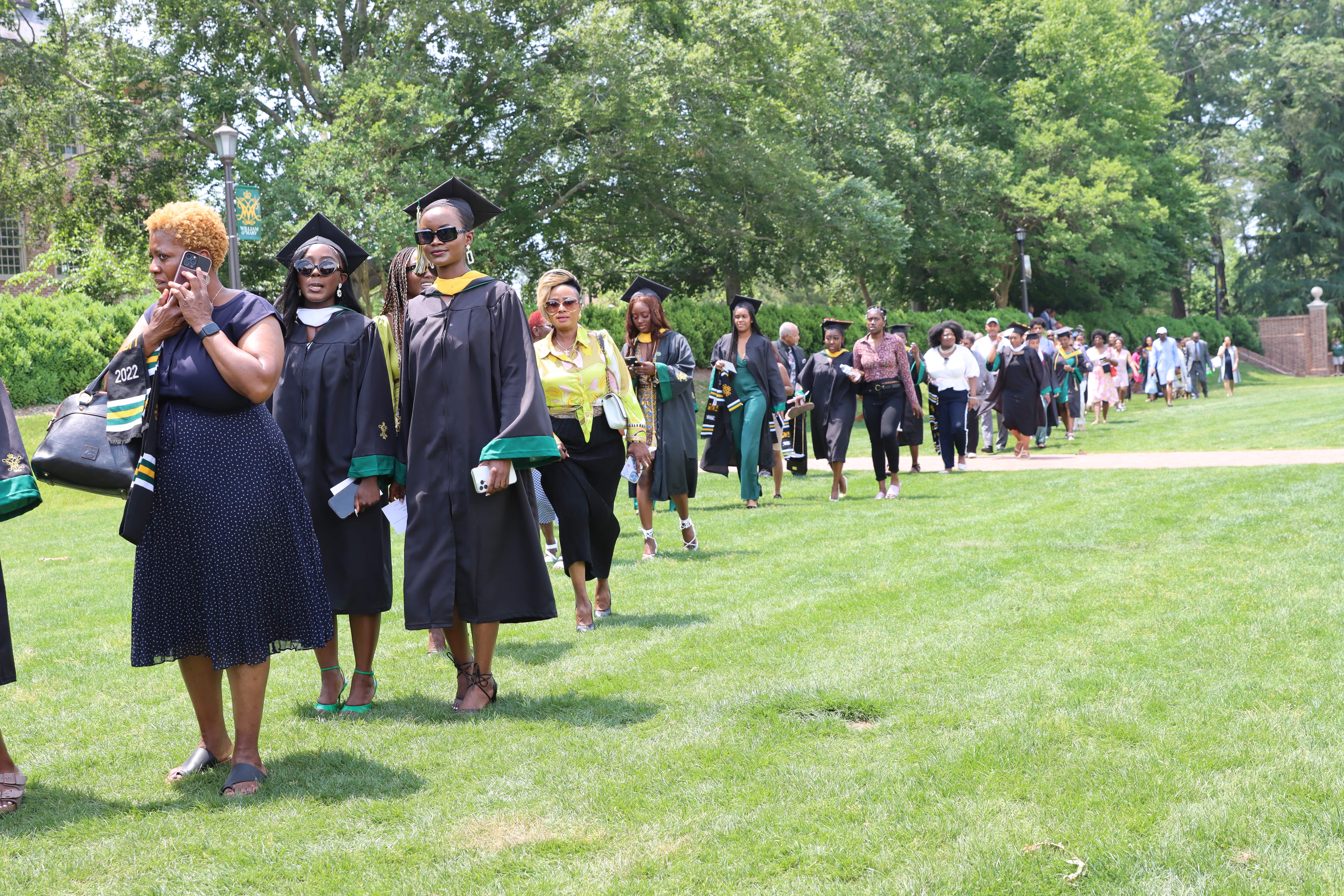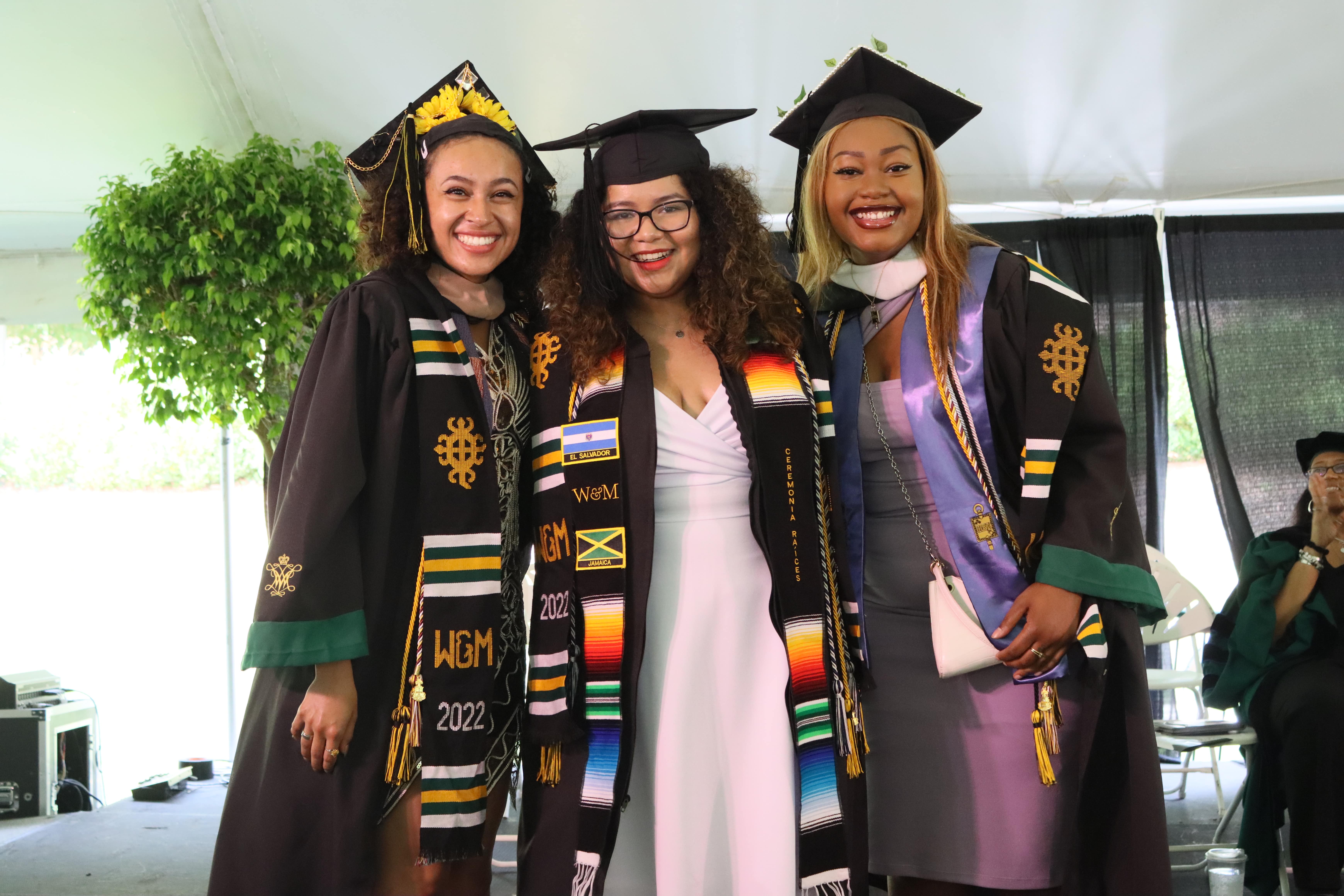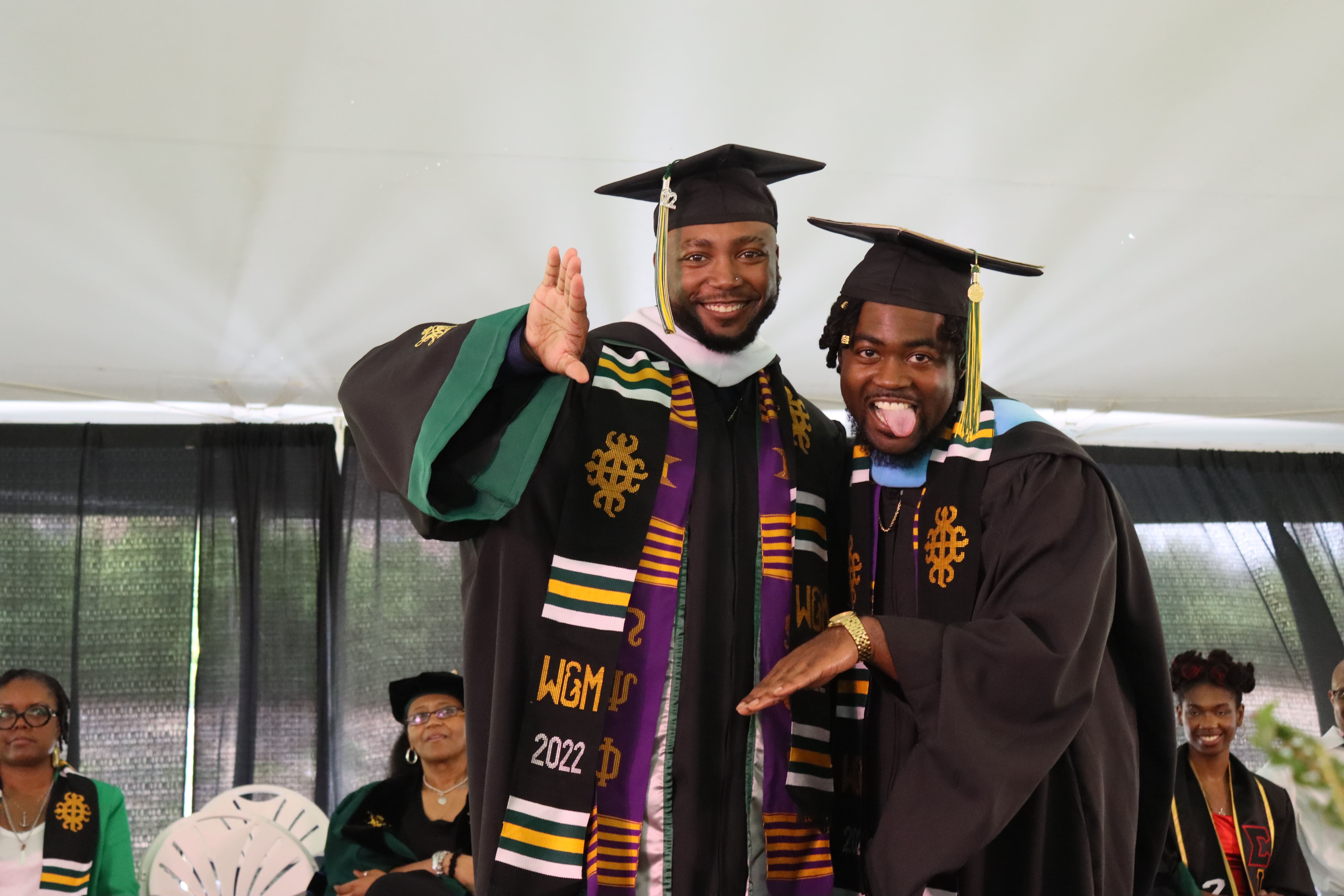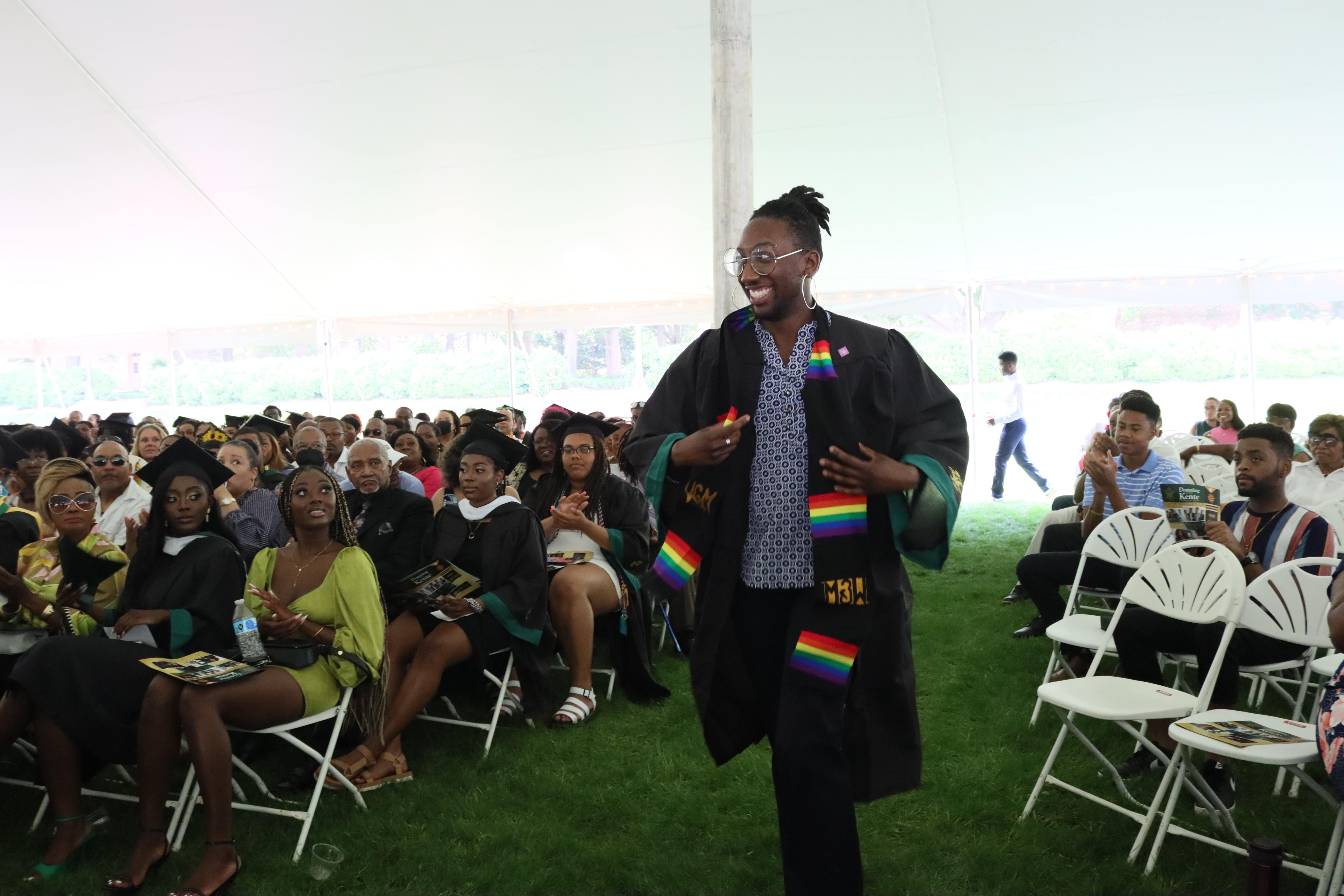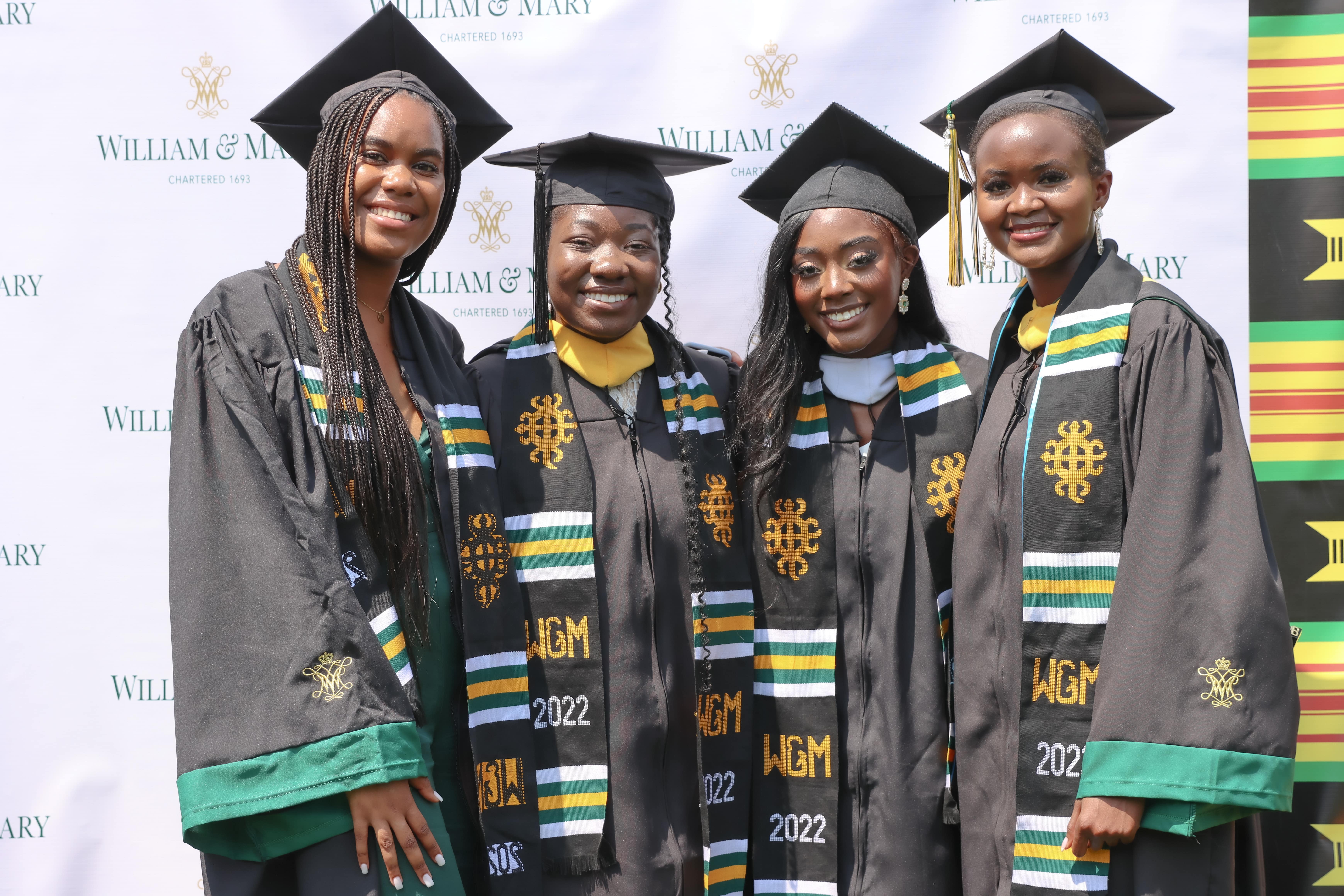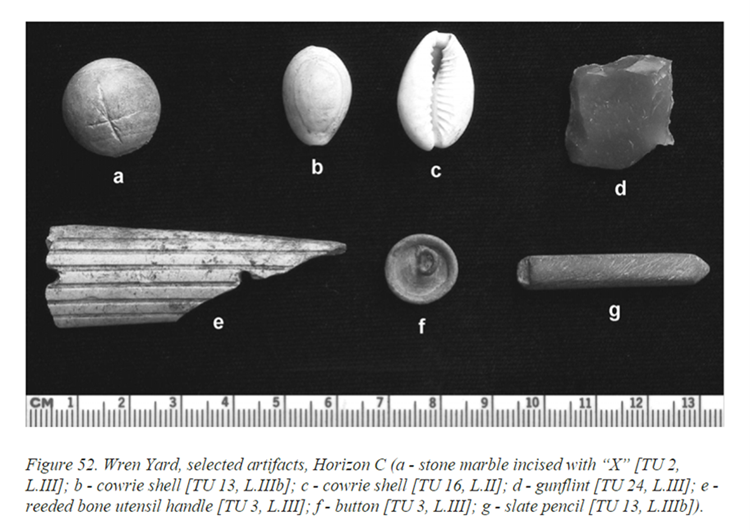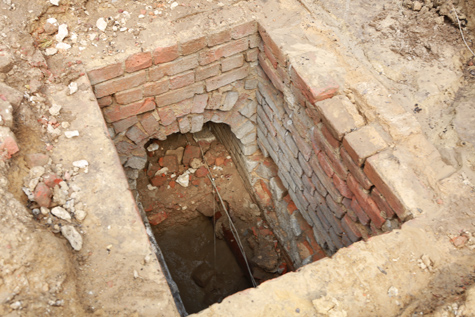The Lemon Project team invites you to submit proposals for the 13th Annual Lemon Project Spring Symposium, an in-person and virtual event, that will be held on March 24-25, 2023. View the Call for Proposals below.
About The Lemon Project: A Journey of Reconciliation
Founded in 2009 by the William & Mary Board of Visitors, the Lemon Project is the second institutionally funded project of its kind in the United States. The Lemon Project is a multifaceted and dynamic attempt to rectify wrongs perpetrated against African Americans by William & Mary through action or inaction. An ongoing endeavor, The Lemon Project explores and encourages scholarship on the 330-year relationship between African Americans and William & Mary. The Lemon Project builds bridges between William & Mary and African American communities through research, programming, and supporting students, faculty, and staff.
Call for Proposals
Individual papers or panels of 3 or 4 are welcome
The first Lemon Project Spring Symposium, held in Williamsburg, Virginia in 2011, “brought together students, faculty, and community members to discuss ongoing research into our past, as well as the ways that history continues to define relationships between African Americans and the university in the present.” In that vein, we return to our roots, centering local Black histories and their vast influences.
The 2023 Spring Symposium will explore the following questions: In what ways are African American communities taking charge and telling their stories? How are colleges and universities working with local African American communities to foster belonging? What methods are communities and scholars using to tell fuller narratives of African American life, history, and culture? In what ways are researchers contributing to the emancipatory aims of Black Studies through research collaboration with Black communities?
Our symposium is multi-disciplinary and open to all. We seek proposals from people who focus on Black life, history, and culture, including but not limited to academic and descendant researchers, educators, activists, and members of Greater Williamsburg communities and beyond. We invite a broad range of topics from the fields of American Studies, Black Studies, Anthropology, History, Public Humanities, Preservation, and STEM. We also invite community organizers and activists to submit proposals in areas such as cultural production (art, poetry, music), wellness, and spirituality. We welcome submissions from people of all genders, including trans, non-binary, and gender non-conforming individuals.
Please submit your proposals by November 18, 2022.
The symposium has three main objectives, focusing on the past, present, and future:
- Reflect on what is happening in African American communities and consider the ways these communities are transforming narratives
- Explore the ways that colleges and universities work with African American communities
- Contribute to strategies and best practices for institutions dealing with their involvement in slavery and its legacies
Possible topics include but are not limited to:
- African American memory and heritage studies
- Community engagement and best practices
- Descendant communities and their histories
- Environmental history, land conservation, and displacement
- Family histories, local histories, and genealogical studies
- Reparations and reparative efforts
- Shared Authority and transforming narratives
- Universities and colleges studying slavery and its afterlives








